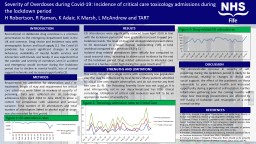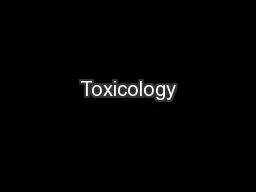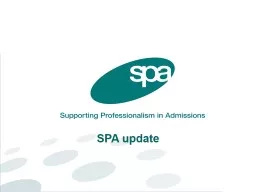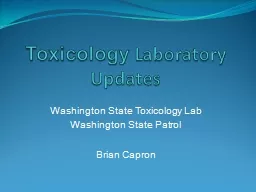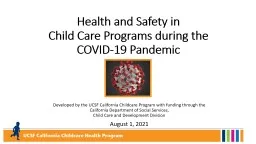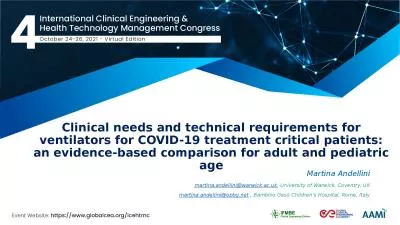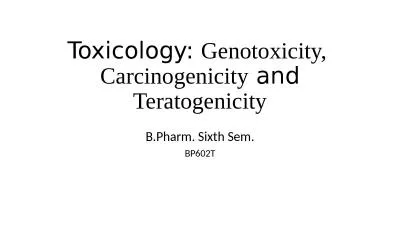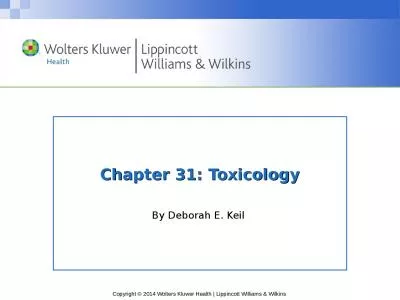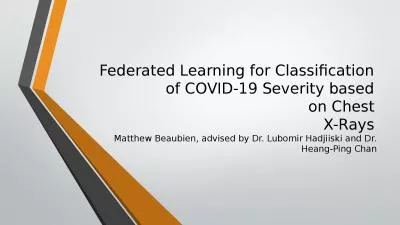PPT-Severity of Overdoses during Covid-19: Incidence of critical care toxicology admissions
Author : everly | Published Date : 2023-11-21
H Robertson R Raman K Adair K Marsh L McAndrew and TART INTRODUCTION METHODS RESULTS DISCUSSION REFERENCES Recreational or deliberate drug overdose is a common presentation
Presentation Embed Code
Download Presentation
Download Presentation The PPT/PDF document "Severity of Overdoses during Covid-19: I..." is the property of its rightful owner. Permission is granted to download and print the materials on this website for personal, non-commercial use only, and to display it on your personal computer provided you do not modify the materials and that you retain all copyright notices contained in the materials. By downloading content from our website, you accept the terms of this agreement.
Severity of Overdoses during Covid-19: Incidence of critical care toxicology admissions: Transcript
Download Rules Of Document
"Severity of Overdoses during Covid-19: Incidence of critical care toxicology admissions"The content belongs to its owner. You may download and print it for personal use, without modification, and keep all copyright notices. By downloading, you agree to these terms.
Related Documents

